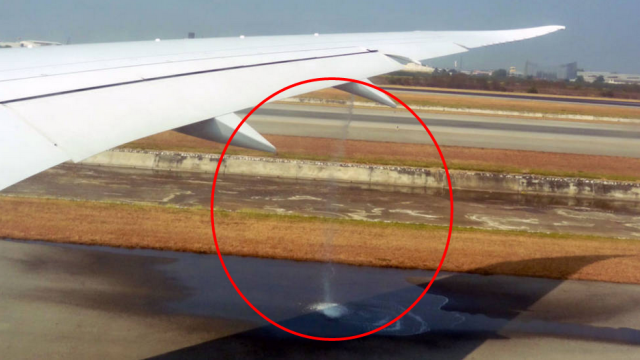The Indian truth behind the ruins of Takshasila

The truth behind the ruins of Takshasila Takshasila (Taxila ) was a vital Buddhist centre from the fifth century B.C. to the Sixth Century A.D. Takshasila illustrates the different stages in the development of a city on the Indus. It included the ancient Neolithic Saraikala mound, the Sirkap fortification (2nd century B.C.) and the town of Sirsukh (1st century A.D.). Central Asian, Persian and Greek influence can be witnessed at Takshasila. (Centre, 2023). Ancient Takshasila was situated at the pivotal junction of South Asia and Central Asia. The common association of the Huns with Takshasila has been the destroyer of the Buddhist structures at Takshasila. The name “Huns” has been associated with atrocities committed against select groups and vandalism, especially by Attila in Europe. However, no reliable evidence exists of the Alkhan carrying out such atrocities and destruction in the outgoing fourth century. New archaeological research has revealed t...


Unable to open the report
ReplyDeleteThanks. Link is working now. https://dgca.gov.in/digigov-portal/Upload?flag=iframeAttachView&attachId=150006152
ReplyDeleteI just stumbled upon your blog and wanted to say that I have really enjoyed reading your blog posts. I hope you post again soon. Big thanks for the useful info. Delhi to Bangalore Flights Airfare
ReplyDelete